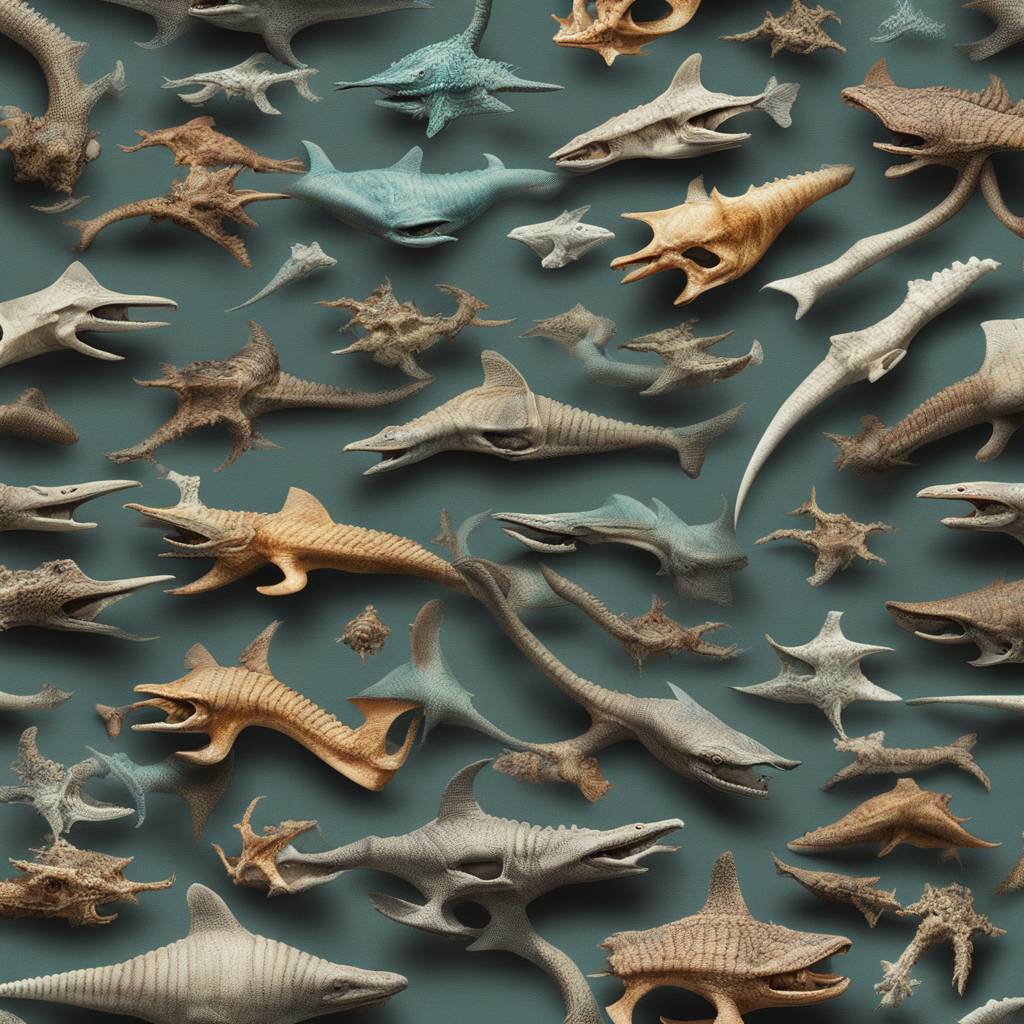In the 19th century, large fossilized bone fragments were discovered in various regions across Western and Central Europe, sparking a debate about the animal group to which they belonged. A recent study conducted at the University of Bonn suggests that the bones come from the lower jaw of a gigantic ichthyosaur, a marine reptile that could reach lengths of 25 to 30 meters. The microstructure of the fossils, which includes long strands of mineralized collagen, indicates a distinct similarity to ichthyosaur bones found in Canada. This finding contradicts earlier theories that the bones belonged to a labyrinthodontia, dinosaur, or a completely unknown group.
The mysterious bone fragments were first reported by British naturalist Samuel Stutchbury in 1850, and similar pieces have since been found in locations such as North Rhine-Westphalia and the Provence region of France. These areas were submerged under an ancient ocean more than 200 million years ago, preserving various marine and coastal creatures in sediment. The debate surrounding the identity of these fossilized bones has persisted for decades, with different researchers proposing theories ranging from crocodile-like creatures to long-necked dinosaurs.
Through osteohistology analysis, researchers were able to determine that the bone fragments shared a unique structure characteristic of ichthyosaurs. By comparing the size of the fragments with known species in this group, it was estimated that the animals may have reached lengths of 25 to 30 meters, similar in size to modern blue whales. This suggests that the fossils likely come from the lower jaw of a massive sea creature, with the bone structure resembling carbon fiber reinforced materials, allowing for stability and rapid growth.
The first ichthyosaurs lived in the ancient oceans around 250 million years ago, with larger species appearing around 215 million years ago. Most ichthyosaur species went extinct at the end of the Triassic period over 200 million years ago. The unique bone structure of these ancient sea creatures may have allowed them to withstand strong shearing forces while rapidly growing in size. Speculation suggests that these creatures may have used their powerful jaws to ram into prey, similar to modern orcas. However, further research and complete fossil remains are needed to confirm these theories.
Overall, the discovery of the ichthyosaur bone fragments in Western and Central Europe sheds light on the ancient marine ecosystems that existed millions of years ago. The study conducted at the University of Bonn provides valuable insights into the size and structure of these prehistoric sea creatures and adds to our understanding of the evolutionary history of marine reptiles. Further research and exploration into these fascinating fossils may reveal even more about the diverse creatures that inhabited our planet in the distant past.













